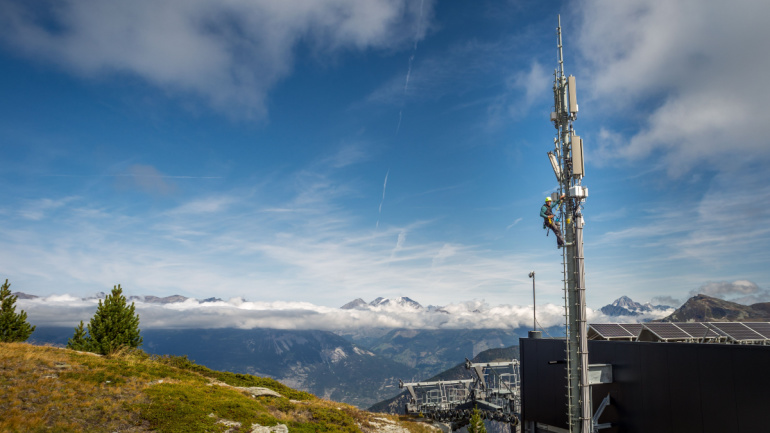Nokia unveiled specialized, private AI models for the telecom sector to improve network operations and customer service. A coalition of 10 governments agreed on principles for secure 6G networks. IBM and the GSMA have launched a global AI training initiative to bridge the AI knowledge gap among telecom operators. Qualcomm’s Snapdragon X80 modem chip introduces 5G-Advanced support with up to 10 Gbps speeds and six-carrier aggregation.
By the end of this decade, the global number of 5G connections is expected to surge to 5.5 billion, positioning 5G as the leading mobile technology by 2028. This forecast comes from the latest research released by the GSMA. Despite a significant phase of investment in the 5G network already behind us, the mobile industry is set for continuous financial commitment towards enhancing this technology in the coming years.
BT launched NB-IoT network covering 97% of the UK to boost IoT use in sectors like utilities and construction. Elisa and Nokia showcased 5G Advanced’s L4S technology, demonstrating its potential to improve connectivity. Nokia’s Virtual Power Plant Controller Software enables mobile operators to lower energy costs, earn revenue, and reduce carbon emissions. LeapXpert and ASC collaborate to offer a compliance recording solution for Microsoft Teams, enabling regulated external communications.
As Great Wall Motors’ subsidiary, EA, surges ahead in the sphere of intelligent equipment and automated production, one can’t help but note its acceptance of a 5G advanced network, shaking off constraining wired networks of yore. The move is tipping the scales in favor of increased efficiency and dependability in the production line, opening a new chapter in China’s modernization.
IBM has introduced Watsonx Code Assistant, an AI-powered tool for enterprise software development. Riga Technical University partners with IS-Wireless to advance 5G Open RAN technology. Snom’s phones are certified for NetSapiens, streamlining deployment for telecom resellers. Google Maps enhances user experience with AI-powered features, offering Immersive View, improved navigation, and EV charging information, striving to outperform competitors.
Huawei champions the development of 5.5G technology, anticipating significant steps in network infrastructure. Advocating for evolution and readiness, Huawei focuses on 5G-Advanced as a cornerstone of future telecom progression. However, global implementation poses challenges, with promising 5G speeds needing considerable network densification and negative trends in capital expenditure. As such, Huawei and other vendors are pivoting to cater to the enterprise market, favouring an immersive approach in changing market needs, instead of simply relying on network infrastructure investment.
8×8 boosts Microsoft Teams with native calling integration, Opera’s iOS app adds Aria AI chatbot for content generation, Rogers clinches top spot in umlaut’s Canadian carrier study, and IoT propels enterprise transformation with 5G and eSIM adoption, per Omdia survey.
Despite robust projections for 5G growth, the radio access network (RAN) equipment market experiences a downturn, according to Dell’Oro Group. A typical industry cycle shows that after the booming initial rollout of new mobile tech, stagnation follows as operators complete their spending cycles. However, 5G RAN could still expand by 20%-30% by 2027, failing to offset decreasing LTE investments. As telecom industry anticipates the inception of 6G, dwindling subscriber growth and restrained capital expenditures, due to economic considerations, are putting pressure on the market.
Nokia’s recent summer launches showcase significant advancements in their AirScale portfolio, utilizing ReefShark chips and optimization for 5G SA and 5G-Advanced. Additionally, their AI-powered network management solutions ensure increased efficiency for future network evolution.
Hangzhou leads the digital revolution with the Dual 10 Gigabit City project, partnering with industry giants like Huawei to foster 5.5G technology, enhance connectivity and pioneer innovative applications for a smarter future.













